Selena’s Rare Coca-Cola Photo Shoot, 1994

Al Rendon/National Museum of American History
Selena was a singer-songwriter who came to be known as the “Queen of Tejano music,” a popular form of music originating in Texas and taking influences from polka, rock, conjunto, and mariachi.
h/t: rarehistoricalphotos

Al Rendon/National Museum of American History
An enormously popular singer in Latino communities across North America, her music crossed cultural boundaries to touch the lives of young and old alike. Selena would go on to sign with a major record label and the agency worked with her as a spokesperson for Coca-Cola from 1989 until her death.
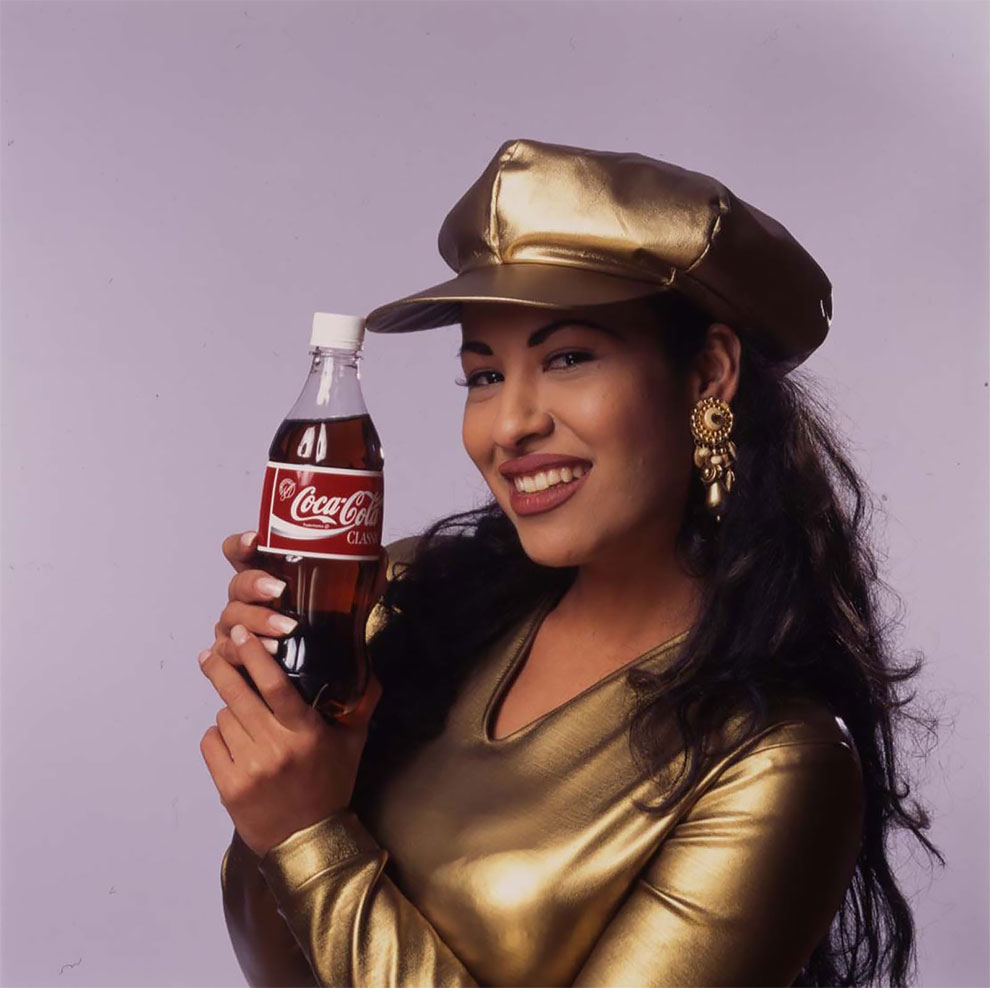
Al Rendon/National Museum of American History
In the 1970s and 1980s, Latinos in advertising began advocating for the buying power of Latino consumers, leading to a transition in the advertising industry from mass market to targeting specific demographic groups. In that context, not only was Selena the new face of an iconic American brand, but she was proof of the importance of the Hispanic market in this country.
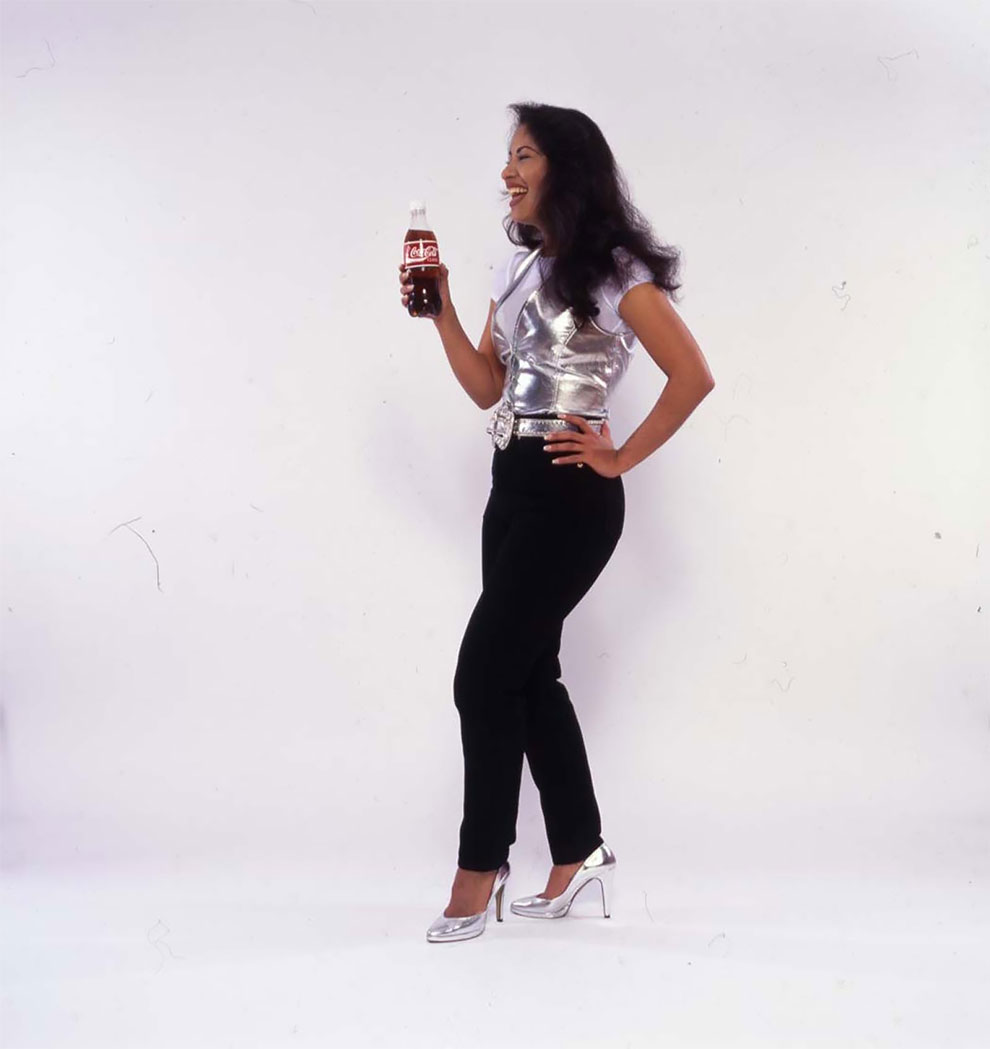
Al Rendon/National Museum of American History
The photographs collected here, shot by Al Rendon, capture Selena at the intersection of cultures and styles, marketability, and her true self. The ad campaigns created by the innovative and diverse advertising professionals at Sosa, Bromley, Aguilar & Associates not only reflected the growing influence that Latinos were exerting on the changing face of America but did so in a way that Latino consumers could relate to and embrace.

Al Rendon/National Museum of American History
Selena was shot and killed on March 31, 1995, 16 days before her 24th birthday, by Yolanda Saldívar, her friend and the former manager of her Selena Etc. boutiques. Saldívar was cornered by police when she attempted to flee, and threatened to kill herself, but was convinced to give herself up and was sentenced to life in prison with possible parole after 30 years.
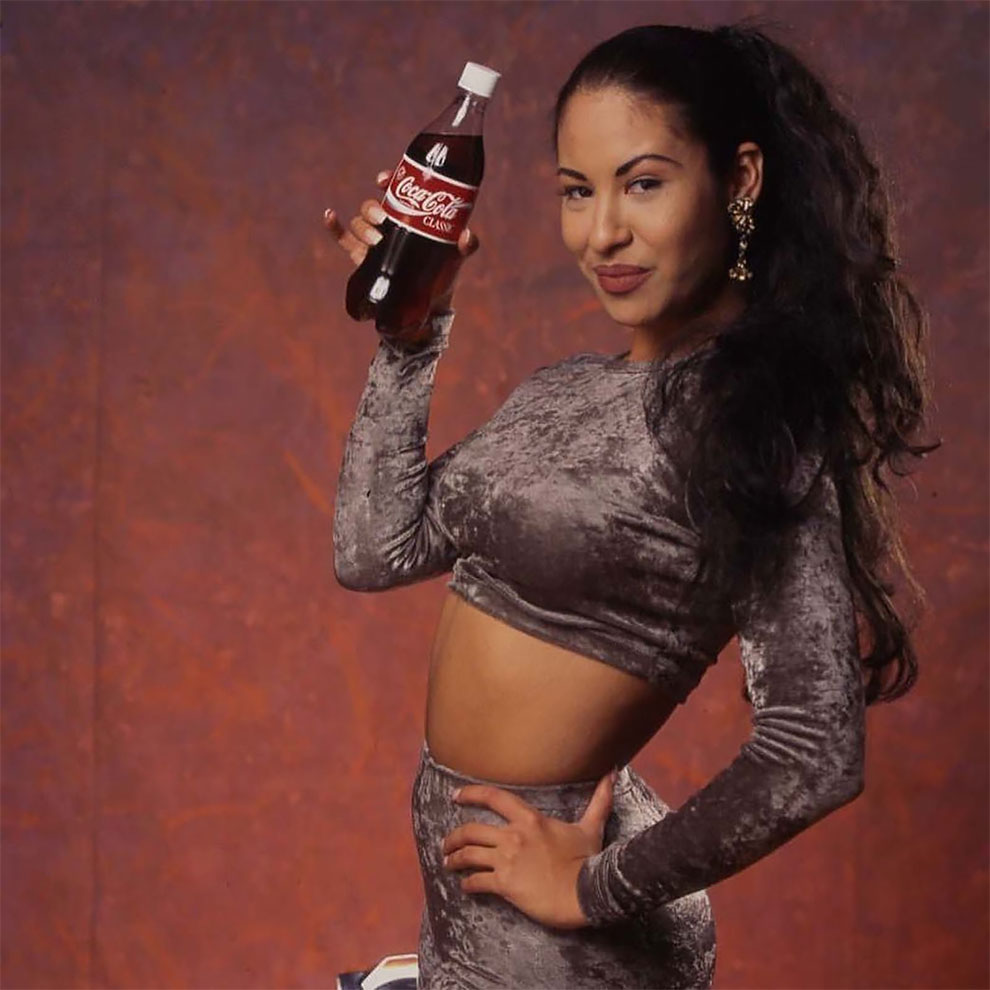
Al Rendon/National Museum of American History

Al Rendon/National Museum of American History
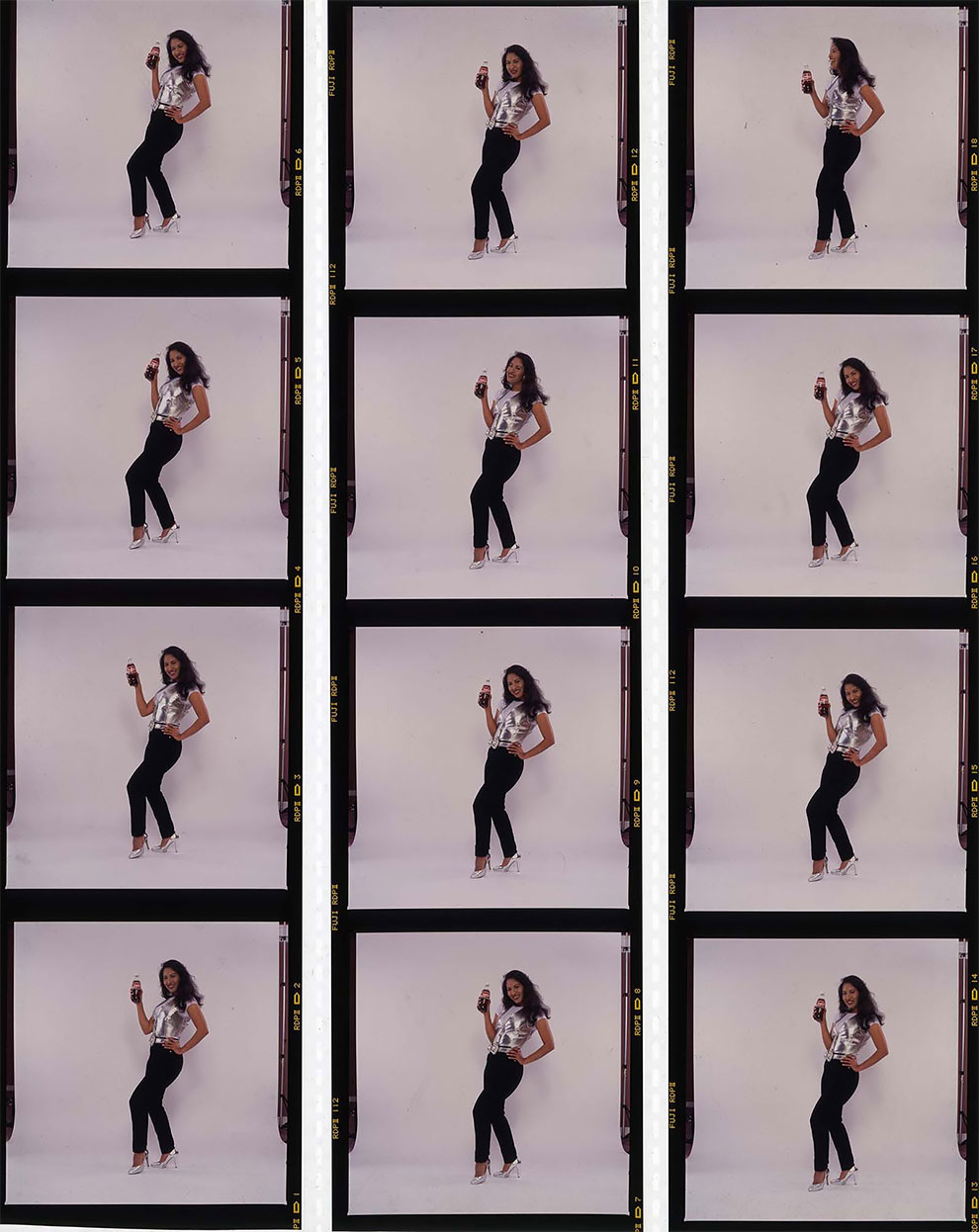
Al Rendon/National Museum of American History
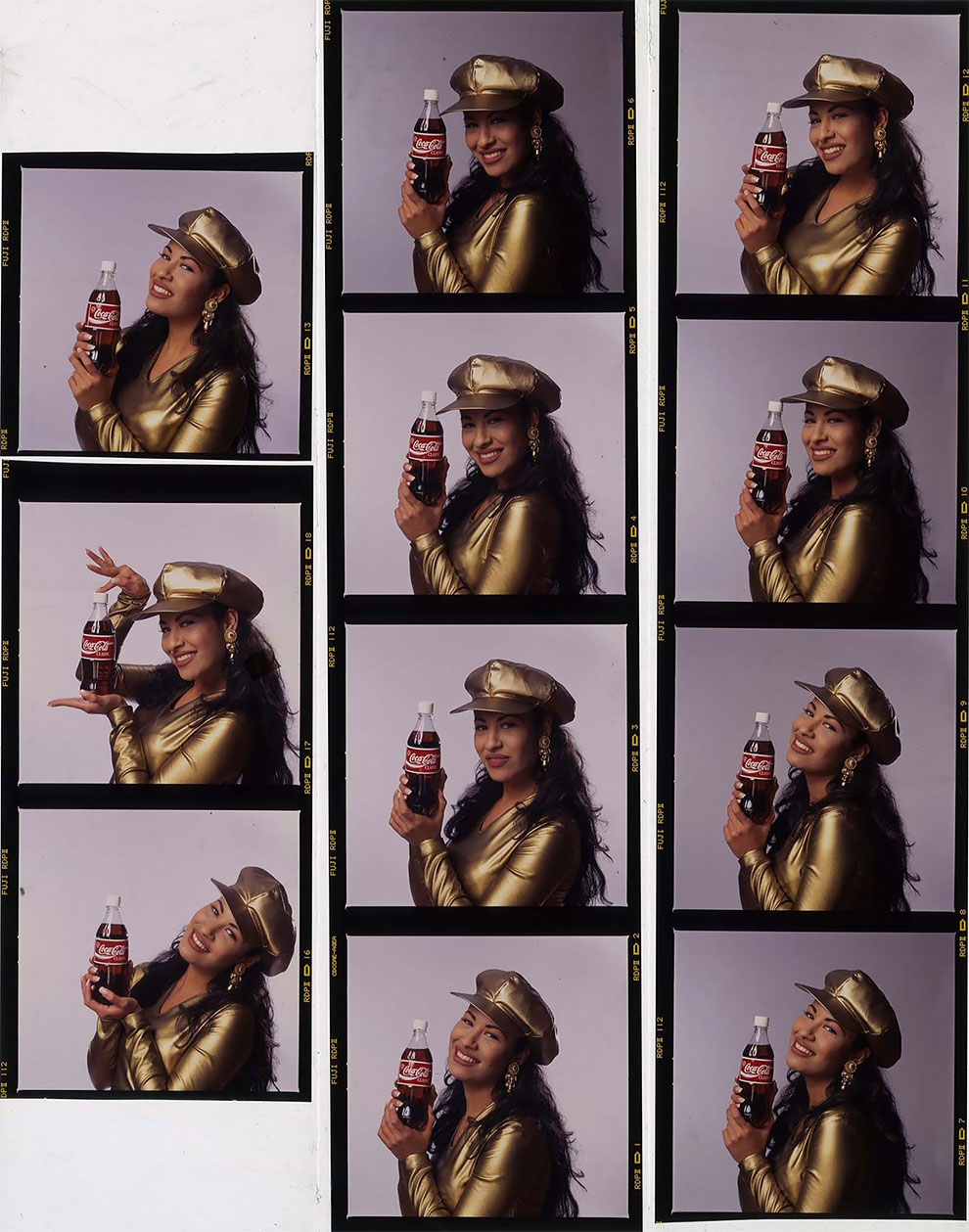
Al Rendon/National Museum of American History

Al Rendon/National Museum of American History
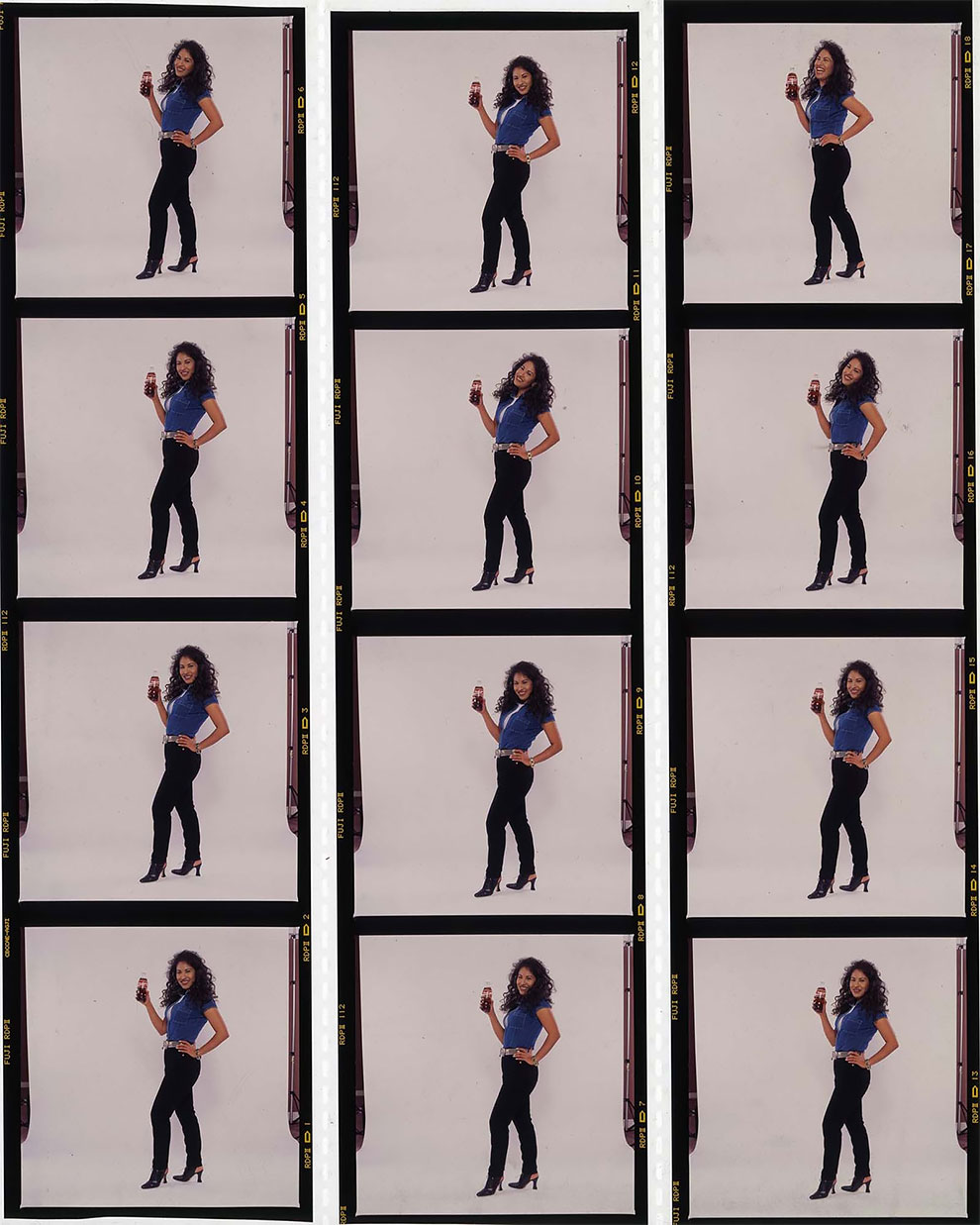
Al Rendon/National Museum of American History

Al Rendon/National Museum of American History